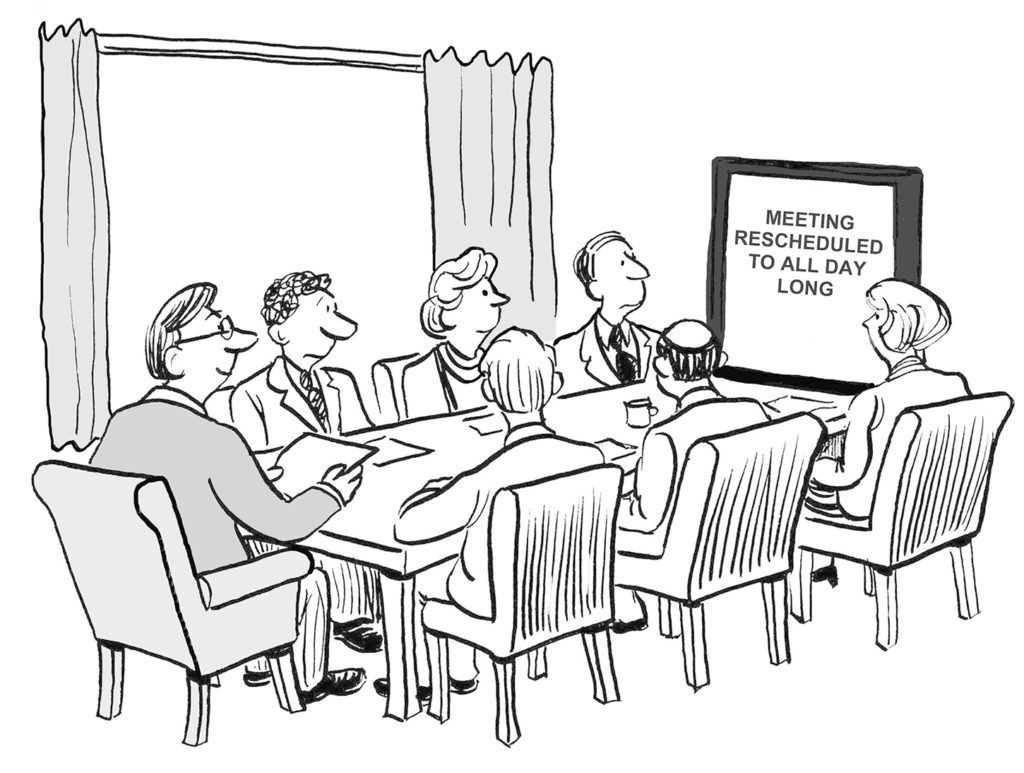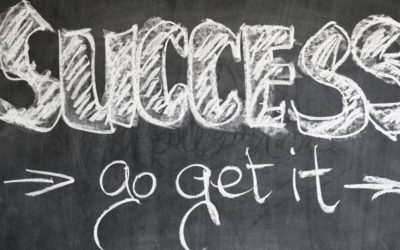There is a lot of wasted time at work.
There are 3 pink elephants in the room when it comes to wasted time at work. They’re email, meetings and distractions. They’re slowing you down and costing you a fortune of up to 40% of your work day, or 3.2 hrs per day per employee. Some smart companies have found ways to not only reduce and eliminate them, but they’ve identified the hidden linchpins as well.
Let’s talk about email.

The average employee:
- receives 304 business emails per week, and must sift through junk and distractions to find them.
- Checks email 36 times an hour. AN HOUR!
- Requires 16 minutes to refocus on the task at hand. How many of those hourly 36 checks are a distraction from work?
- Loses 10 IQ points fielding constant emails. All of the noise of email results in a loss of smarts. How important is brainpower in your organization?
To summarize: the more email we get, the more often we check it, creating more distractions, resulting in more wasted resources.
According to employee surveys, the average employee spends ¼ of their day checking email. The problem is, employees are unaware and not accounting for the true total cost of distraction. It takes time to recover attention and refocus on the task at hand. Your employees could be losing as much as 40% of the power and productivity of their work day due to these bad habits. That’s 3.2 hours per day PER employee of lost productivity.
Your competitors are getting smarter and faster with how they use and manage email. The Digital Age has brought about more effective tools and processes that are rapidly being adopted in the marketplace.
2 things your competitors are doing to spend less time on email that increases their profits and productivity
- By promoting a smart culture that prioritizes focused work and 3 Dimensional Management; e.g. the 3 Dimensions of Time, Energy and Attention (TEA), they’re successfully reducing the total volume of email and the number of times they check email per hour, while increasing the quality and effectiveness of their communications.
- They’re also taking advantage of technology that aligns with a strategy that manages work in terms of time, energy and attention and increasing employee engagement and capacity for work.
Linchpin: Culture Course Correction
If company culture prioritizes responsiveness without ever establishing appropriate communication boundaries, you’ll find your employees developing bad habits of constantly checking emails and notifications, and managers demanding this kind of behavior that costs companies billions, burns out employees, and literally makes them dumber.
By shifting the culture to prioritize key value behaviors for focused work and an engaged workforce, leaders and managers are making smarter strategic decisions when it comes to selecting the right tools to get the job done.
A Meeting About Meetings

“You do kind of resemble Mick Jagger. Now back to the meeting.”
The average employee:
- Attends 62 meetings per month.
- 50% at minimum are considered a waste of time by participants
- Engages in 31 hours of unproductive meetings per month (that’s ¾ of a work week!)
According to a recent employee study about meetings:
- 91% said they daydream during meetings
- 39% admitted to sleeping during meetings
- 45% feel overwhelmed during meetings
- 73% did other work during meetings
- 96% missed meetings altogether
- 47% complained that meetings were the #1 time waster.
Unnecessary meetings, cost American companies $37 billion dollars per year.
Industry leading businesses are adopting better methods to attack these numbers, save money and even fatten their bottom line. Your competition is getting smarter about how they collaborate.
2 things smart leaders are doing to reduce unproductive meetings
- Refining their company culture to increase engagement and retention with deeper relationships based on clearly defined value behaviors and aligned practices.
- Using collaborative technology to enable the entire organization with a global reach at a moment’s notice, and support an engaged culture of alignment and integrity.
Linchpin: Understanding the Unconscious Need for Meetings
Meetings are not only habitual practices, they come from a place of expressing collective need. Often, employees are seeking validation of ideas, support from their peers, alignment with organizational goals and protection from repercussions when things go awry. Smart companies are finding that many meetings can be eliminated by addressing the needs gap in the organization to build a safe, trusted environment where people can invest their energy pursuing goals instead of covering their backs.
Companies are also finding ways to build global water-coolers to build trust, engagement, and enthusiasm for work. By not only giving employees a means to collaborate about work related items, yet also uncensored environments to speak openly and honestly about their experience as people, they are given opportunities to manage conflicts, build trust, and deepen relationships with co-workers and the organization.
Butting In With Interruptions

The Average Employee:
- Is interrupted 56 times per day
- works for only 3 minutes before switching tasks
- spends 2 hours per day recovering from disruptions
To put it simply, leadership needs to teach their employees how to work smarter, and begin creating collaborative environments that will help avoid these pitfalls.
To keep up with the pace of global business, here are 4 initiatives to consider:
- Refine culture and management practices to address all 3 Dimensions of Time, Energy and Attention (TEA). Where are you pouring your TEA?[emaillocker id=”6187″]
- Increase employee engagement and satisfaction to increase capacity for work, effective communications and meetings. Engagement and energy are directly related to productivity at work. Creating an initiative to genuinely increase them, can go a long way towards a thicker bottom line.
- Reducing total volume of email, notifications, noise and bad work habits that create costly distractions. Taking the time to reduce the noise for your employees can produce immediate gains. What can you cut back on or eliminate? What’s adding to the noise in your office?
- Reduce the number of monthly meetings by increasing the use of focused, collaborative technologies. There are many tools to choose from, focus on the ones that are designed for a captivating, engaging and focused workplace.
These efforts are all part of developing a Heroik Growth Engine that brings together culture, strategy, and technology to grow business from thought to profit.
Sources
http://emailstatcenter.com/Usage.html
http://www.ics.uci.edu/~gmark/Home_page/Research_files/CHI%202012.pdf
http://research.microsoft.com/en-us/um/people/horvitz/chi_2007_iqbal_horvitz.pdf
http://news.bbc.co.uk/2/hi/uk_news/4471607.stm
http://www.effectivemeetings.com/meetingbasics/meetstate.asp
http://business.salary.com/why-how-your-employees-are-wasting-time-at-work/
http://www.keyorganization.com/time-management-statistics.php
http://www.inc.com/jayson-demers/how-much-time-do-your-employees-waste-at-work-each-day.html
http://www.huffingtonpost.com/2012/08/01/email-workday_n_1725728.html
[/emaillocker][/vc_column_text][/vc_column][/vc_row]





0 Comments